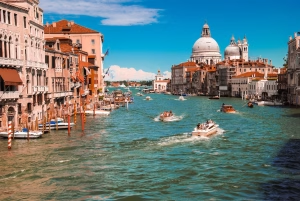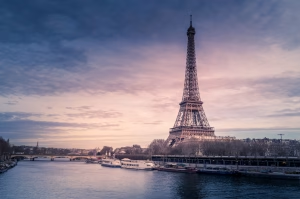Summer in Italy is a symphony of sun-drenched piazzas, bustling festivals, and the intoxicating scent of Mediterranean herbs wafting through ancient streets. From the sun-kissed Amalfi Coast to the rolling hills of Tuscany, Italy transforms into a vibrant celebration of life, culture, and culinary excellence during the summer months.
In this guide, we take you through the beauty of Italy in summer.
Planning your Italian adventure? Learn about Italy visa requirements and how to book appointments
Weather Watch: What to Expect
|
Region |
Weather Watch |
|
Northern Italy |
|
|
Central Italy |
|
|
Southern Italy |
|
|
Coastal Areas |
Refreshing sea breezes help moderate temperatures, making it comfortable for seaside relaxation. |
|
Mountain Regions |
Cooler temperatures provide an excellent environment for hiking and outdoor adventures. |
Pro Tip: August can be extremely hot and crowded, as it’s when many Italians take their annual vacation (Ferragosto).
Cultural Events and Summer Festivals in Italy
Renowned for its vibrant cultural events and festivals, summer in Italy showcases its rich heritage and artistic spirit. From the historic Palio di Siena, a thrilling horse race steeped in tradition, to the enchanting Verona Opera season, there is something for everyone.
Religious Festivals
- The Festa del Redentore in Venice

Celebrated every July, it is a spectacular event featuring vibrant fireworks and a unique boat festival. Locals and visitors participate in the tradition of decorating boats and gathering along the Grand Canal to witness the stunning pyrotechnics that light up the night sky, creating a magical atmosphere that celebrates the city’s resilience and faith.
- The Festa di San Pietro e Paolo, in Rome

On June 29, it honors the city’s patron saints, St. Peter and St. Paul. This festival is marked by religious processions, special masses, and various cultural events that reflect the deep-rooted traditions of the Catholic faith in Italy. The celebrations culminate in a festive atmosphere filled with music, food, and community spirit.
- Florence’s Feast of San Lorenzo

August 10 is known as the “Night of the Shooting Stars.” This enchanting event invites locals to gather in the streets for outdoor feasts while watching meteor showers. The night is filled with joy as people celebrate under the stars, enjoying traditional Tuscan dishes and local wines.
Music and Arts
- The Arena di Verona Opera Festival
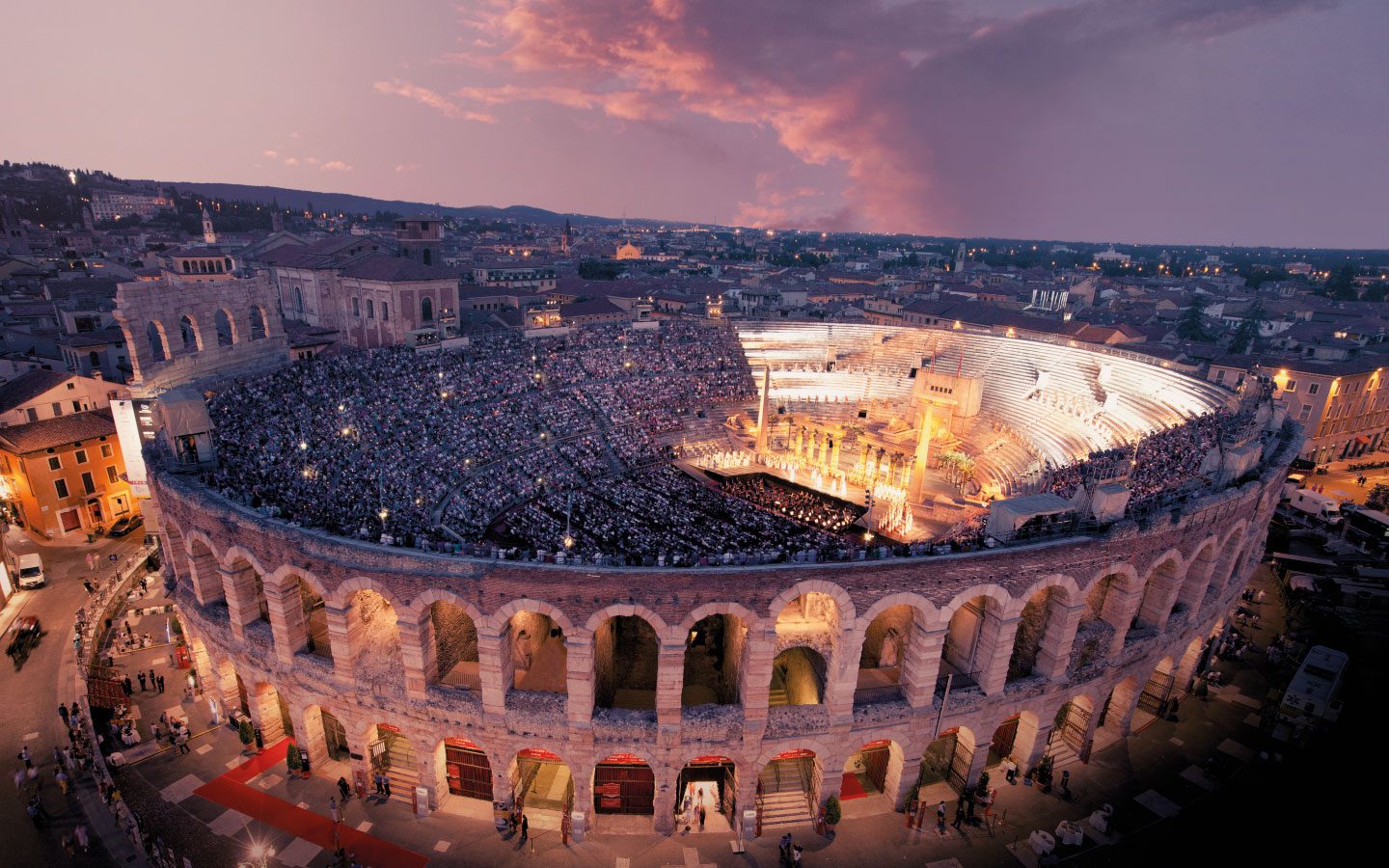
Running from June to September, it transforms the ancient Roman amphitheater into a grand stage for world-class opera performances. Since its inception in 1913, this festival has attracted opera enthusiasts from around the globe, showcasing timeless works by composers like Verdi and Puccini in a breathtaking open-air setting.
- The Ravello Festival along the Amalfi Coast –
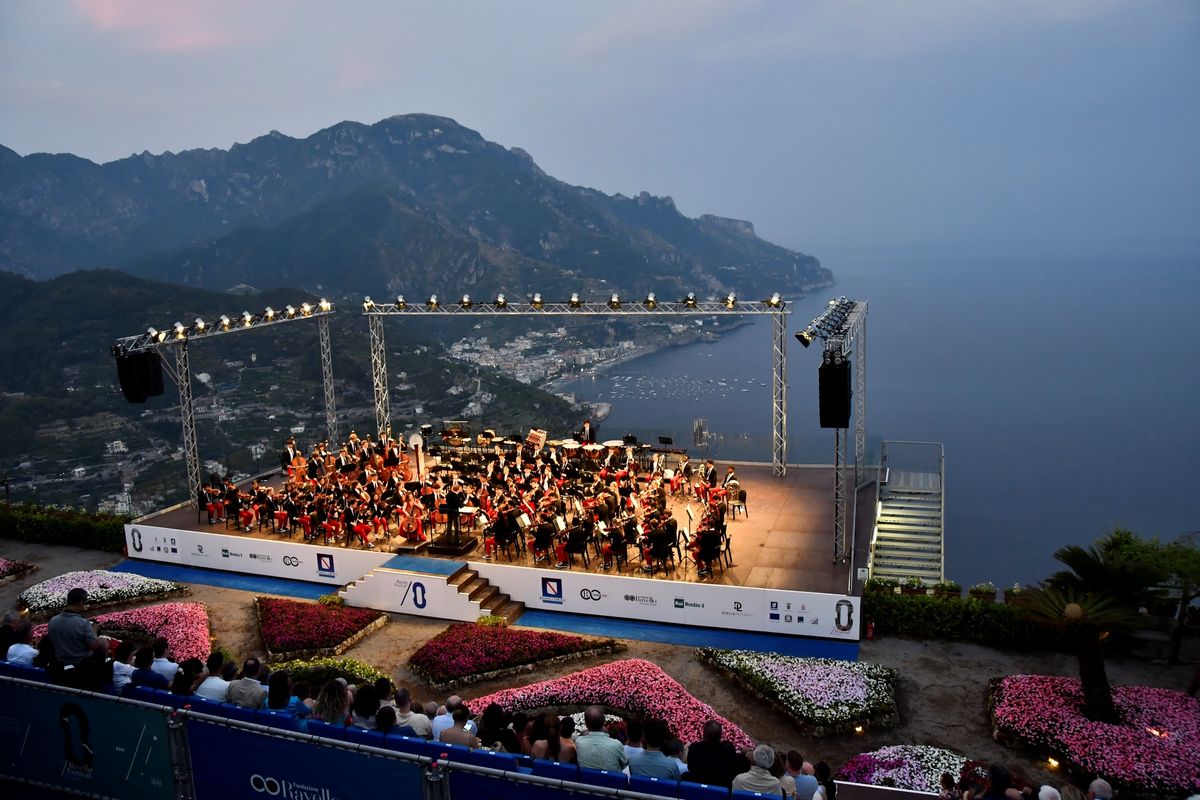
Taking place from July to September, celebrating music and arts against a backdrop of stunning coastal views. This festival features concerts, art exhibitions, and workshops highlighting international talent and local artists, creating a vibrant cultural experience.
- The Puccini Festival, in Torre del Lago
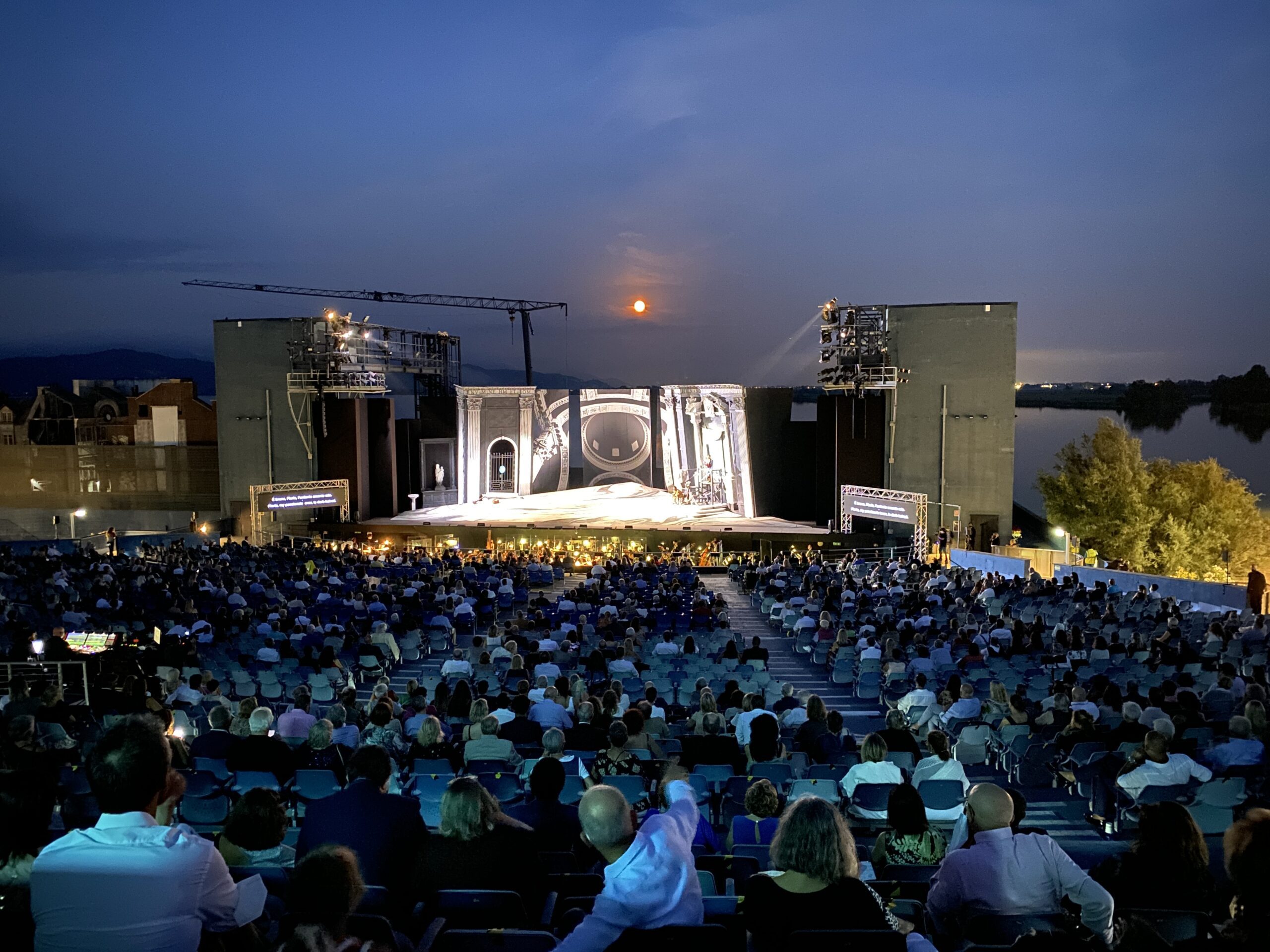
From July to August, dedicated to the works of composer Giacomo Puccini. Set near his birthplace, this festival offers a unique opportunity to enjoy his operas performed in an idyllic lakeside setting, attracting fans of classical music and opera.
Historical Events
- The Palio di Siena –

Held on July 2 and August 16, it is a historic horse race that embodies the spirit of Siena. This thrilling event features jockeys representing different city districts racing bareback around the Piazza del Campo. The Palio is steeped in tradition, with colorful pageantry and fervent local pride, making it a must-see for visitors.
- Calcio Storico, in Florence –

It takes place in June and showcases an ancient form of football that dates back to the 16th century. This historic match combines soccer, rugby, and wrestling elements, played in elaborate Renaissance costumes. The event draws large crowds eager to witness this unique blend of sport and culture.
- Medieval Festival, Volterra –
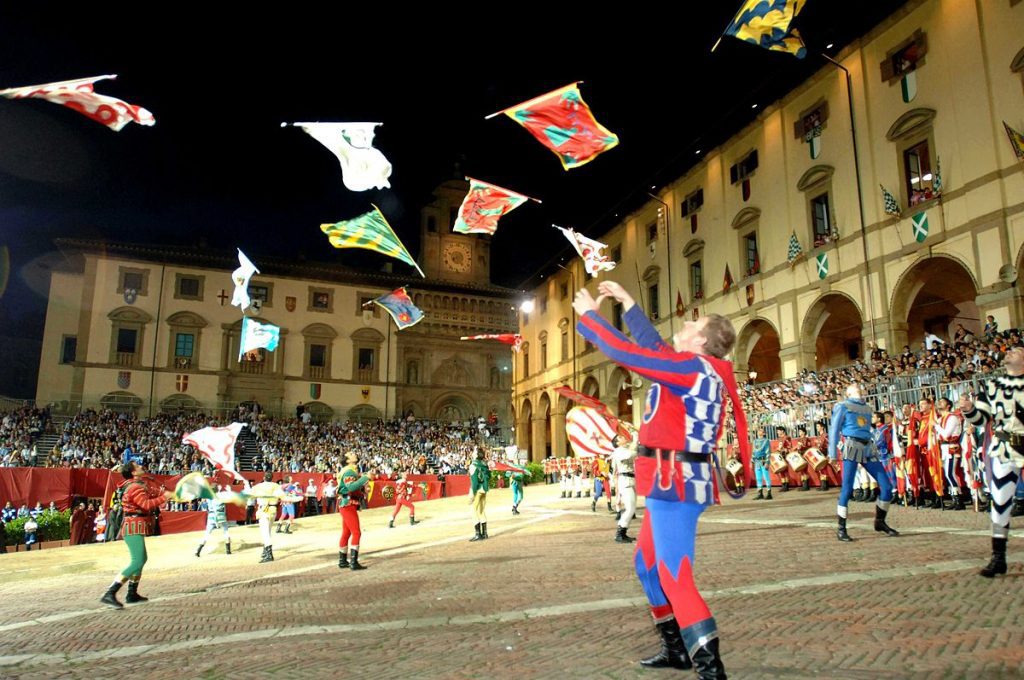
In August that transports visitors back in time with reenactments of medieval life. Participants dress in period costumes while engaging in traditional crafts, music performances, and historical games. This immersive experience allows attendees to appreciate Italy’s rich history while enjoying lively entertainment.
Top 10 Summer Adventures in Italy
1. Island Hopping in Sicily
Island hopping in Sicily offers an unforgettable adventure through the stunning Aeolian Islands, known for their dramatic volcanic landscapes and crystal-clear waters.
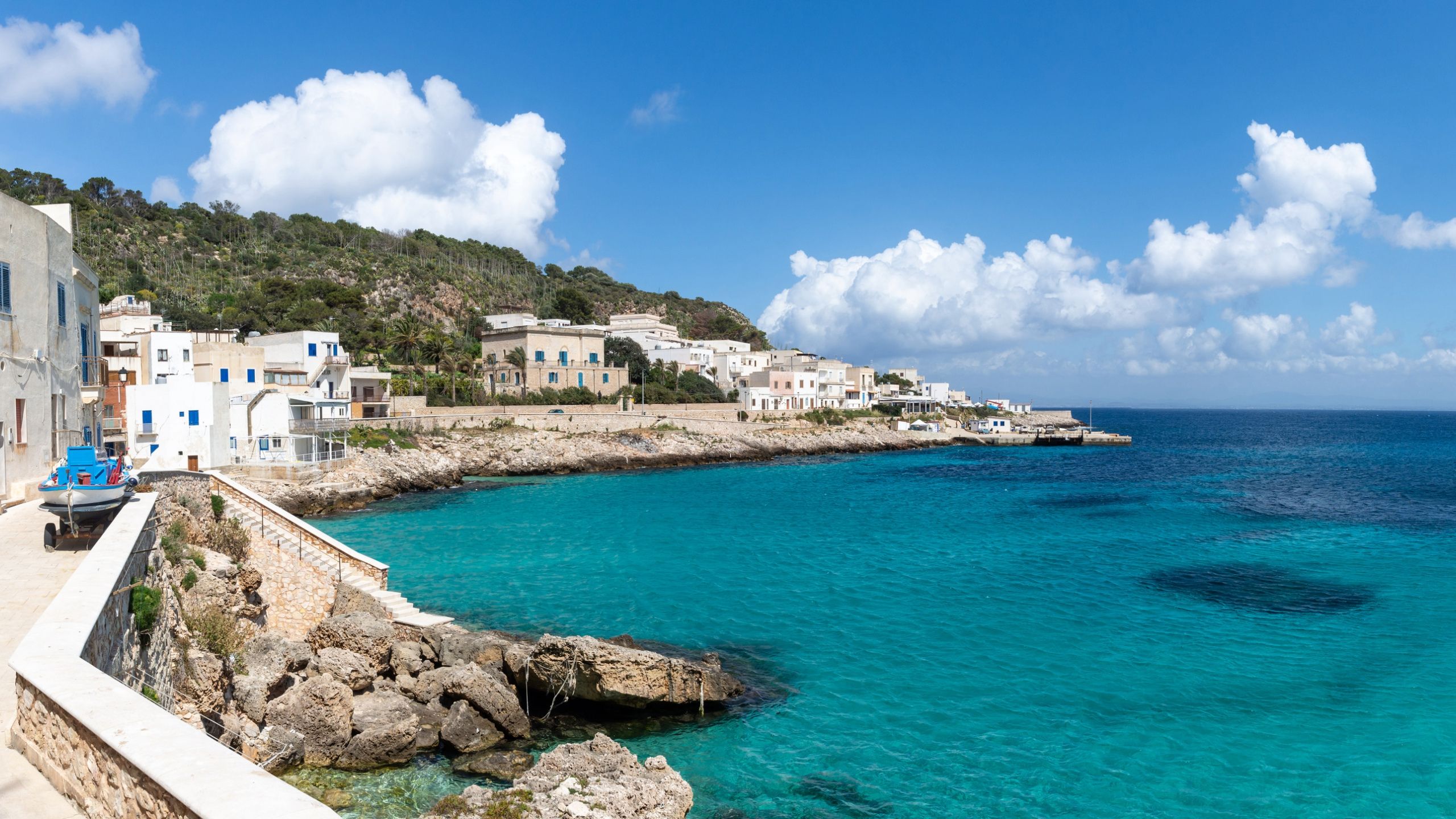
- How to Get There: Island hopping in Sicily can be done primarily by ferry, with frequent routes starting from ports in Milazzo, Messina, and Palermo. Hydrofoils also connect the islands, making travel quick and convenient.
- What to Expect: Expect stunning volcanic landscapes, charming villages, and diverse activities across the islands. Each island offers unique experiences, from hiking on Stromboli to relaxing on the beaches of Salina.
- Pro Tip: Book ferry tickets in advance, especially during peak season, and check schedules as some routes may not operate daily.
2. Hiking the Dolomites
Hiking the Dolomites presents an extraordinary opportunity to explore one of the most breathtaking mountain ranges in the world, characterized by dramatic cliffs, lush valleys, and vibrant alpine meadows.

- How to Get There: The Dolomites can be reached by car or train, with major access points from cities like Venice, Bolzano, and Verona.
- What to Expect: Hikers can anticipate stunning alpine scenery, diverse trails ranging from easy walks to challenging scrambles, and well-marked paths.
- Pro Tip: Consider staying in mountain huts (rifugios) for a unique experience and easy access to trails, and always check the weather forecast before heading out.
3. Exploring the Amalfi Coast
Exploring the Amalfi Coast reveals a stunning stretch of coastline in southern Italy, renowned for its dramatic cliffs, charming villages, and azure waters. This UNESCO World Heritage site offers visitors a unique blend of natural beauty and rich cultural history, making it a captivating destination for travelers seeking adventure and relaxation alike.

- How to Get There: The Amalfi Coast is best reached via train from Naples to Sorrento, followed by buses or ferries to various towns. Trains take about 2.5 hours, while ferries offer scenic coastal views but are seasonal.
- What to Expect: Visitors can anticipate stunning cliffs, picturesque villages, and vibrant local culture. Expect narrow roads, charming shops, and delectable Italian cuisine throughout the region.
- Pro Tip: Use public transport like SITA buses or ferries to navigate the coast efficiently, and sit on the right side of the bus for the best views during your journey.
4. Wine Tasting in Tuscany
Wine tasting in Tuscany offers a delightful journey through one of Italy’s most renowned wine regions, where visitors can savor exceptional wines like Chianti and Brunello di Montalcino.

- How to Get There: Tuscany is accessible by car or train, with Florence serving as a major entry point. From Florence, you can drive or take a train to key wine regions like Chianti or Montalcino.
- What to Expect: Wine tastings in Tuscany typically include sampling local wines paired with regional foods. Many wineries offer guided tours of their vineyards and cellars, providing insights into the winemaking process.
- Pro Tip: Make reservations in advance for tastings, especially during peak tourist seasons, and consider visiting smaller, family-owned wineries for a more intimate experience.
5. Venice Lagoon Adventures
Venice Lagoon Adventures offers a unique exploration of the enchanting waterways and islands surrounding Venice, where visitors can engage in a variety of activities such as kayaking, birdwatching, and fishing tourism.
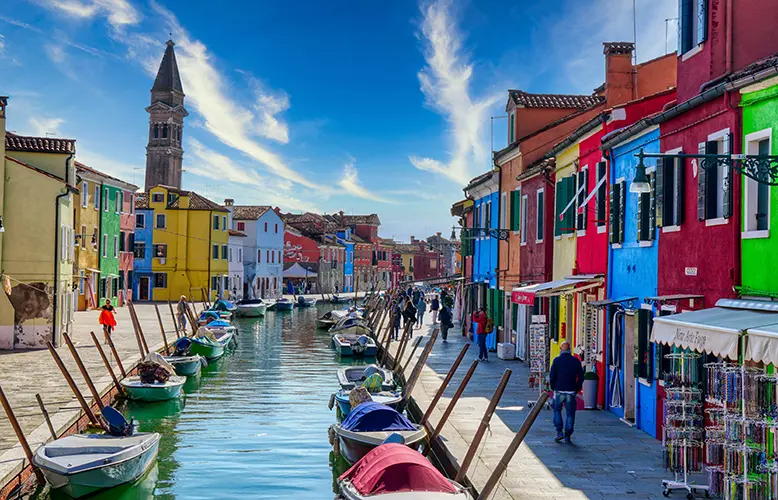
- How to Get There: The Venetian Lagoon is accessible by boat from Venice, with various public transport options connecting to nearby islands. Major inlets, such as Lido, Malamocco, and Chioggia, provide entry points from the Adriatic Sea.
- What to Expect: Visitors can explore a unique ecosystem featuring mud flats, tidal shallows, and numerous islands like Murano, Burano, and Torcello.
- Pro Tip: Consider taking a guided boat tour to fully appreciate the lagoon’s beauty and history while avoiding the crowds typically found in Venice.
6. Roman Nights
Roman Nights offer an enchanting experience of the city’s vibrant nightlife, where ancient history meets modern revelry. From bustling piazzas filled with locals enjoying evening drinks to lively clubs and intimate bars, visitors can immerse themselves in a diverse array of entertainment options that showcase the unique charm and energy of Rome after dark.
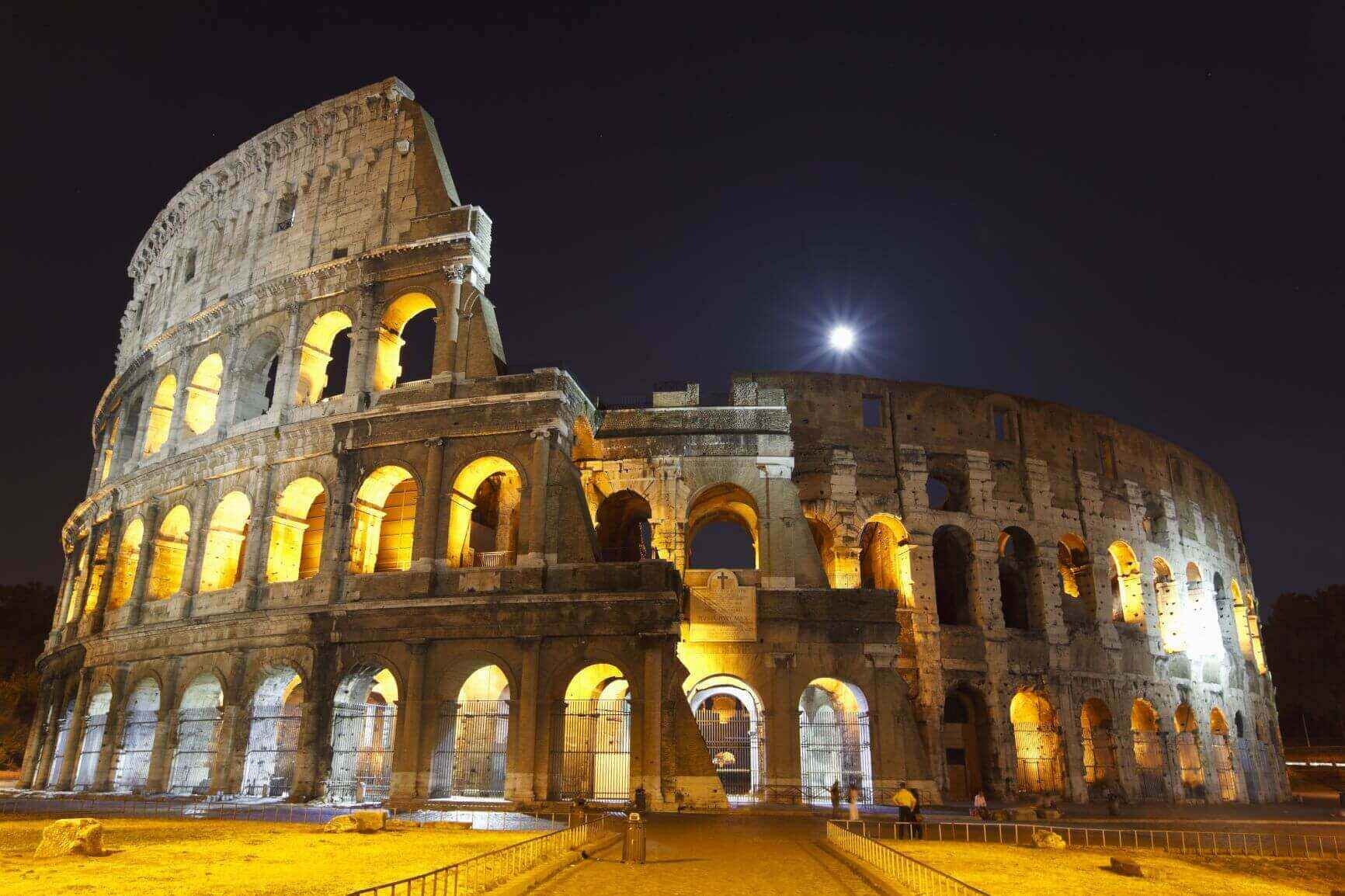
- How to Get There: Roman Night Tours typically start from central locations like Piazza della Repubblica or popular landmarks. Public transportation, including buses and the metro, provides convenient access to these starting points.
- What to Expect: Expect to explore iconic sites such as the Colosseum, Vatican, and Piazza Navona illuminated at night, along with engaging commentary from your guide about Rome’s history and legends.
- Pro Tip: Dress in layers as temperatures can drop in the evening, and consider booking in advance to secure your spot on popular tours.
7. Beach Life in Sardinia
Beach life in Sardinia offers a captivating blend of stunning landscapes, crystal-clear waters, and pristine sandy shores, making it a paradise for sun-seekers and water enthusiasts.
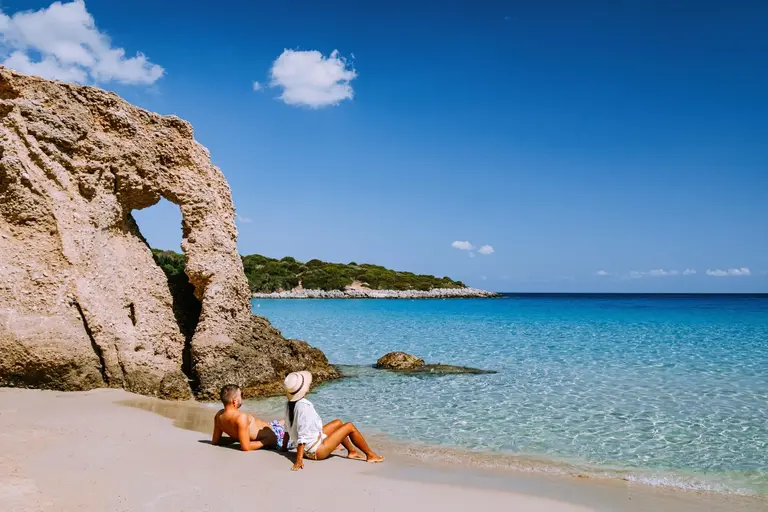
- How to Get There: Sardinia can be reached by flying into major airports such as Cagliari, Olbia, or Alghero. Ferries from mainland Italy also provide access to the island.
- What to Expect: Expect stunning beaches with soft white sand, crystal-clear waters, and a variety of activities including swimming, sunbathing, and water sports.
- Pro Tip: Visit during the shoulder seasons of late spring or early fall for fewer crowds and milder weather, allowing for a more enjoyable beach experience.
8. Cinque Terre Trails
Cinque Terre Trails offer an exceptional hiking experience along the stunning Ligurian coast of Italy, connecting the five charming villages of Monterosso, Vernazza, Corniglia, Manarola, and Riomaggiore.
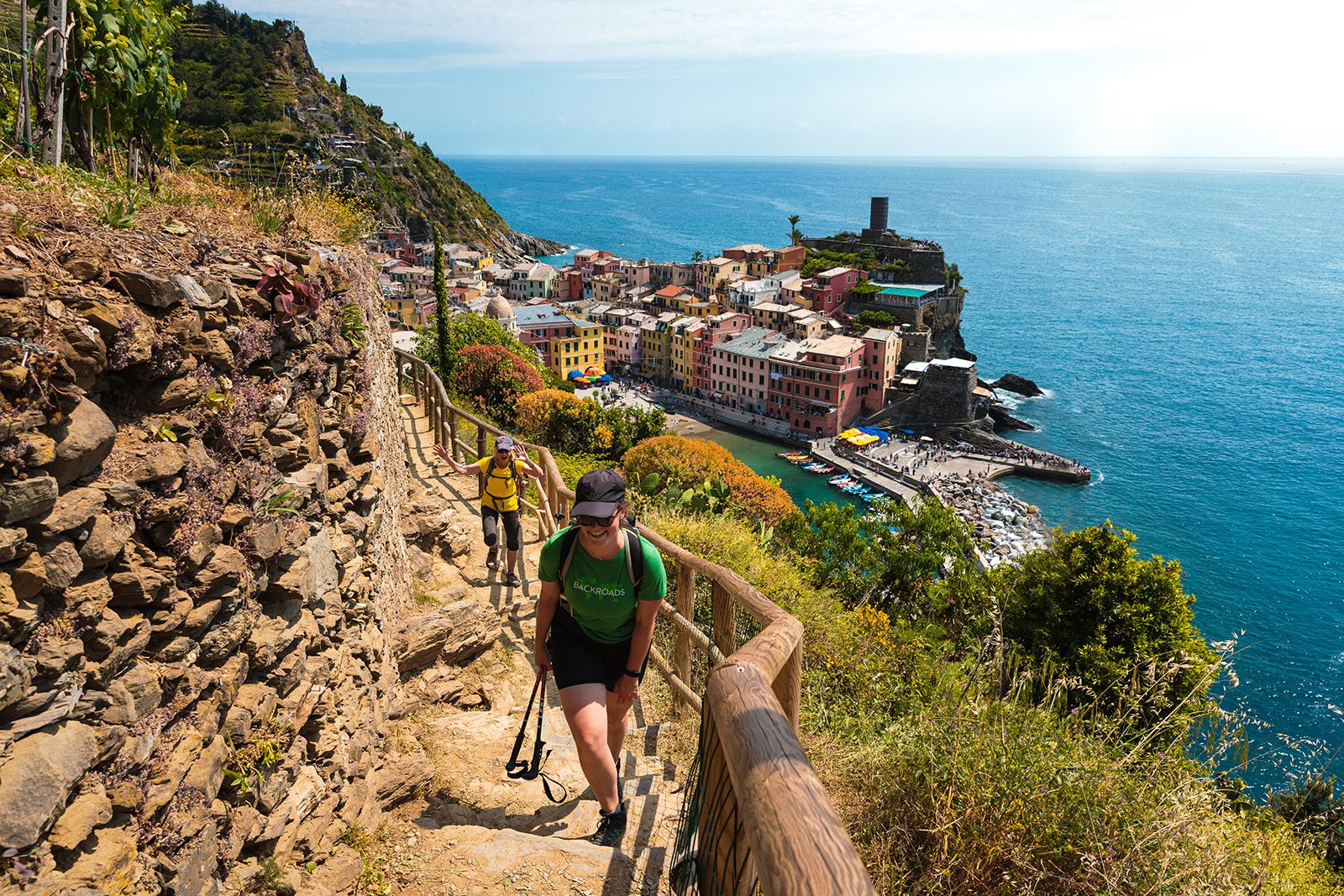
- How to Get There: Cinque Terre is accessible by train from major cities like Florence and Pisa, with the nearest train stations located in La Spezia or Levanto. From there, local trains connect you to the five villages.
- What to Expect: The trails offer stunning coastal views, with the famous Blue Trail (Sentiero Azzurro) linking all five villages over approximately 12 km.
- Pro Tip: Check trail conditions before your hike, as some sections may be closed due to landslides. Consider purchasing a Cinque Terre Card for unlimited train rides and access to the trails.
9. Lake Como Elegance
Lake Como Elegance captures the essence of one of Italy’s most picturesque destinations, renowned for its stunning landscapes and luxurious villas.
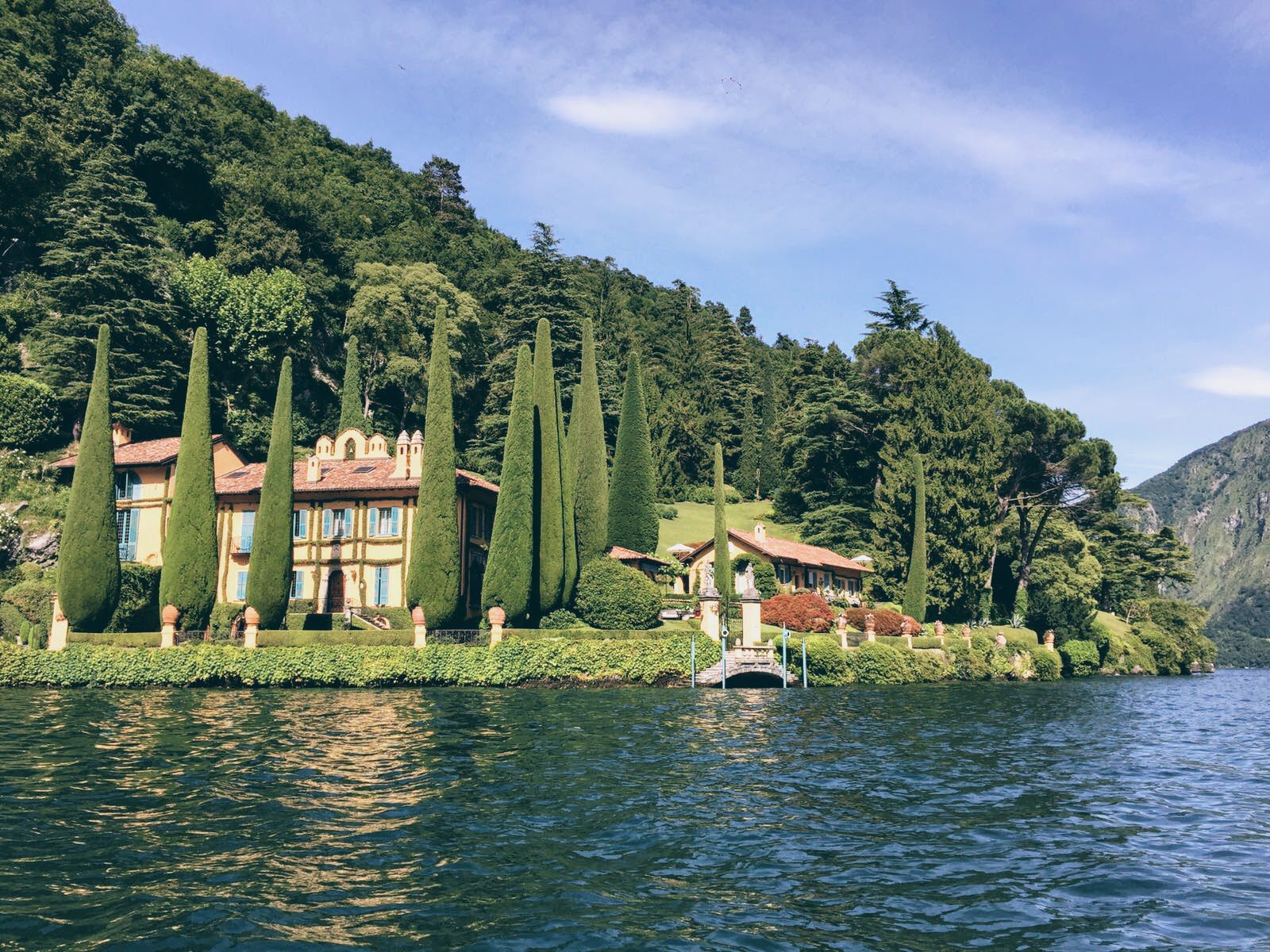
- How to Get There: Lake Como is easily accessible from Milan, with direct trains from Milano Centrale taking about 30-60 minutes to reach towns like Como or Varenna.
- What to Expect: Visitors can enjoy stunning lakeside views, charming villages, and luxurious villas. Activities include boat tours, hiking trails, and wine tasting in nearby vineyards, all set against the backdrop of the majestic Alps.
- Pro Tip: To fully experience the area, consider purchasing a 24-hour or 48-hour public transport pass for unlimited travel on buses and ferries, allowing you to explore at your own pace without worrying about individual ticket purchases.
10. Puglia’s Treasures
Puglia’s Treasures invite travelers to explore the captivating region located at the “heel of Italy’s boot”, renowned for its stunning coastline, rich history, and unique cultural heritage.

- How to Get There: Puglia is accessible via Bari and Brindisi airports, with high-speed trains connecting from major cities like Rome and Naples. Renting a car is recommended for exploring the region’s charming towns and scenic countryside.
- What to Expect: Visitors can look forward to stunning coastal views, unique trulli houses in Alberobello, delicious local cuisine, and vibrant towns like Ostuni and Polignano a Mare.
- Pro Tip: Plan your visit during the shoulder seasons of spring or fall for milder weather and fewer crowds, allowing for a more enjoyable exploration of Puglia’s treasures.
Having trouble with your visa application? Learn about the appeal process.
Why Choose OneVasco?
OneVasco makes visa applications effortless. Our expert team manages the entire process, allowing you to focus on your journey.
Enjoy stress-free travel with fast visa approvals.
- Expert and Personalized Support
- Efficient and Hassle-Free Process
- Real-Time Tracking and Updates
- Transparent Communication
- Trusted by Millions
FAQs
1. What’s the best time to visit Italy during summer?
Early June and late September are ideal, offering pleasant temperatures (20-25°C) with fewer crowds and better prices. July and August are peak seasons with intense heat and crowds. August sees many local businesses closed for Ferragosto (Italian summer holiday), so plan accordingly.
2. Do I need to book attractions in advance during summer?
Yes, absolutely. Major attractions like the Vatican Museums, Colosseum, and Uffizi Gallery require booking 2-3 months in advance during summer. Book an early morning or evening slot for smaller crowds and comfortable temperatures. Popular sites often sell out weeks ahead.
3. What should I pack for an Italian summer vacation?
Focus on light, breathable clothing (cotton/linen), smart casual outfits for restaurants, and comfortable walking shoes. Pack sun protection, a light scarf for churches, and swimwear if visiting beaches. Don’t forget a portable fan and water bottle for hot days.
4. How can I avoid tourist traps and save money on food?
Eat where locals eat – away from the main squares. Choose restaurants offering “Menu del Giorno” (daily fixed menu) and have your main meal at lunch for better value. Avoid tourist menus in multiple languages. Standing at the bar for coffee is cheaper than sitting.
5. What are the beach etiquette rules in Italy?
Beaches are either private (paid entry with facilities) or public (free, fewer amenities). Most require rental for umbrellas and chairs. Some popular beaches need advance booking in summer in Italy. Observe local customs for appropriate behavior and dress.









